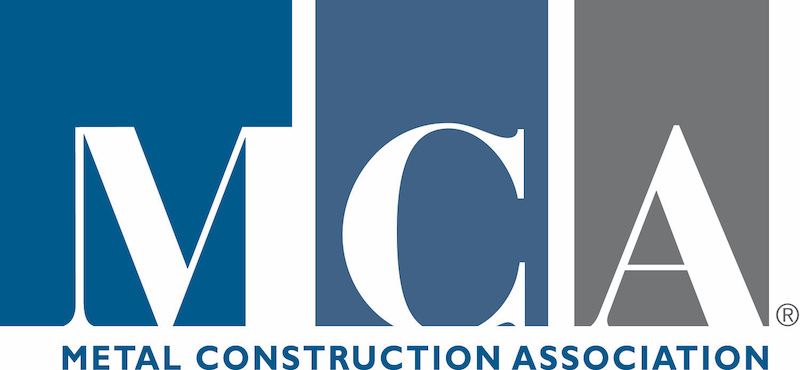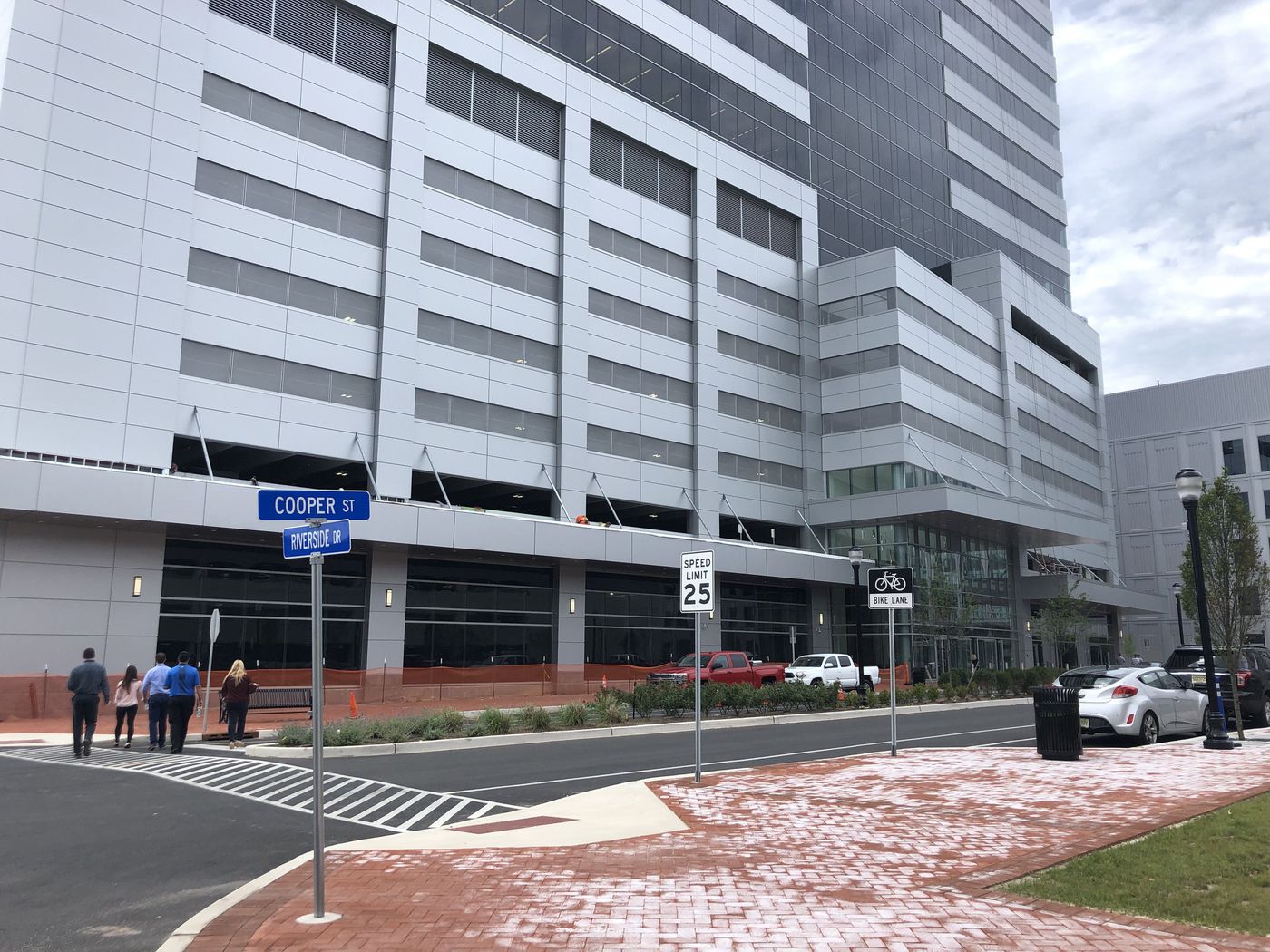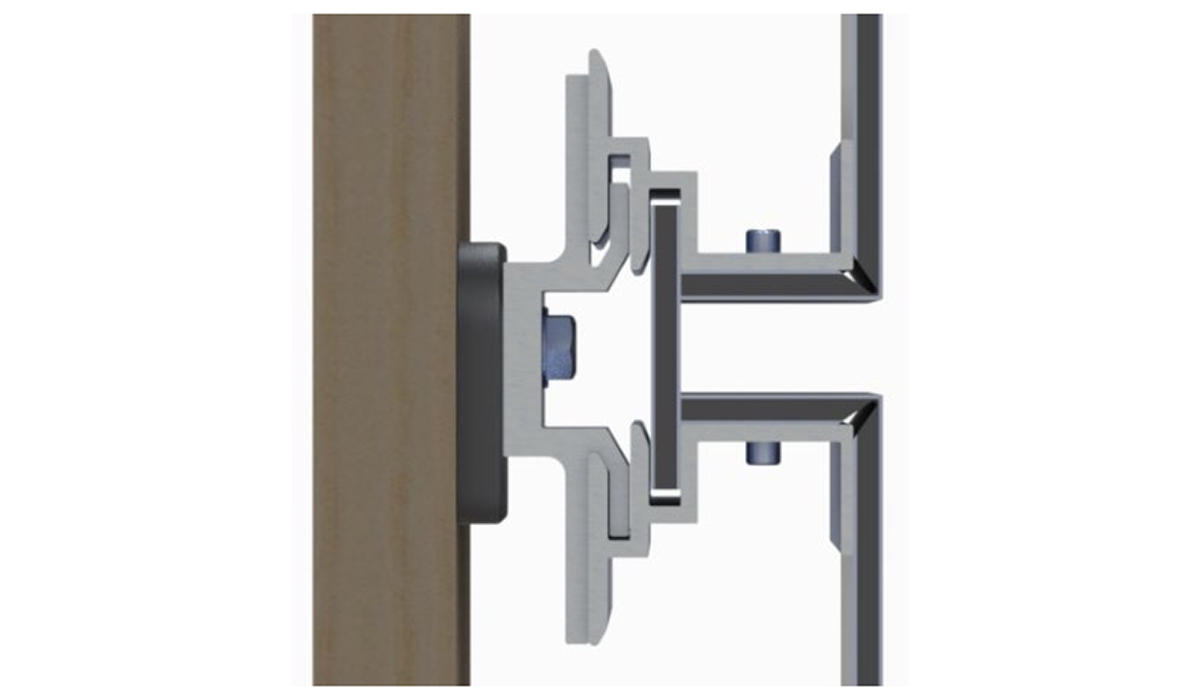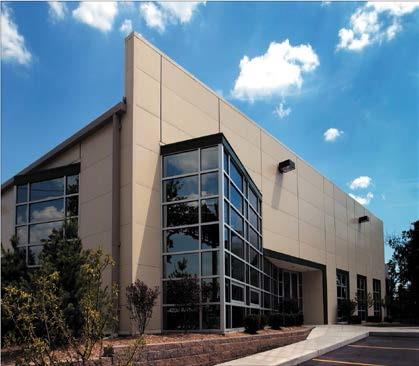Material Properties that Affect Steel Cladding Performance
Steel cladding covering the walls and roof of a structure is often a key element in the overall building design. Not only is the steel responsible for transferring loads to the framing (e.g., wind, snow) and providing framing stability, but it also forms an envelope that protects the interior of the structure from the outdoor elements. This technical bulletin will discuss important material parameters that affect a) the performance and qualities of steel cladding and b) the ability to fabricate the steel.
Not all steel cladding systems are made or perform the same. Steel used in roof and wall applications is a highly engineered product. Buyers and end users should consider a variety of factors including the metal thickness, yield strength, metal coatings and finish systems when comparing sources of steel and determining the level of performance needed for the building location and end use.
Steel, fabricated using coil feedstock, is the most widely used metal for building cladding. The critical properties discussed here impact the overall performance of the steel and are specific details that the specifier must consider and identify.
- Carbon Content
- Elongation, Yield and Tensile Strength
- Steel Designations
- Coating Systems
- Metallic Coatings
- Steel Thickness



